ISAM '19: The Academic Makerspace Community Gathers at Yale
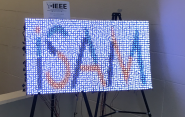
As an undergraduate at the American University of Beirut, Ayah Bdeir wasn’t sure if engineering was for her. Then she discovered makerspaces - those places where the creative community can learn, build and share skills.
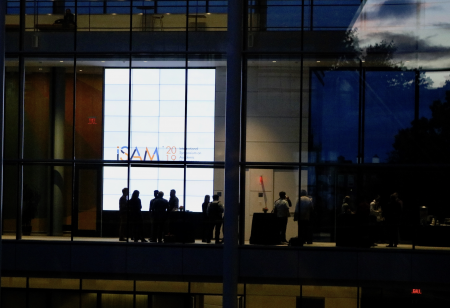
“That opened up a whole new way of learning engineering for me,” she said. “I discovered that I actually loved engineering because of the hands-on approach.”
Bdeir, the founder of LittleBits, maker of educational kits of snap-together electronics, was the opening speaker for last week’s 4th International Symposium on Academic Makerspaces (ISAM) at Yale University. The three-day event was co-hosted by Olin College and attended by 350 maker educators, equipment manufacturers, and other enthusiasts from 156 universities from 14 countries. There, they talked shop, traded notes, and heard from leaders in the growing multi-disciplinary field. The annual event is the result of the partnership between Yale and six other universities - Case Western Reserve University, Georgia Tech, MIT, Olin College, Stanford University, University of California-Berkeley. This partnership, known as the Higher Education Makerspaces Initiatives (HEMI), is also the organizing body for the soon-to-be published International Journal for Academic Makerspaces and Making.
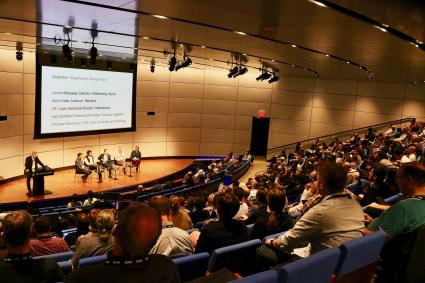
Bdeir was among many there who talked about the impact that makerspaces have had on their lives. “In my journey, there were many challenges I encountered and at every point, I focused on that problem as the most important one and learned the skills it required,” she said. “Having been part of the makerspace movement early on in my life really equipped me to deal with those challenges.”
Vincent Wilczynski, deputy dean of Yale Engineering, said ISAM 2019 sparked some important discussions among those in attendance.
“A strong message of the symposium was that by providing access to all, you provide opportunities to all,” said Wilczynski, who also serves as director of Yale’s makerspace, the Center for Engineering Innovation & Design (CEID). “The creativity that manifests itself in each individual artifact is the same creativity that is finding impactful solutions for a wide scale of problems, all achieved by providing access to people, equipment, and training.”
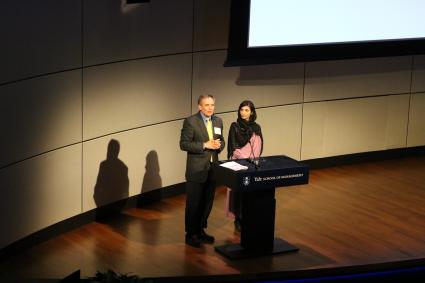
Attendees toured makerspaces on campus - the CEID, the Center for Collaborative Arts and Media (CCAM) and the Wright Laboratory. Panel discussions covered a wide range of topics, including entrepreneurship and innovation, and the status and future of making. Another panel looked at how universities can make their makerspaces more inclusive, particularly among underrepresented groups. On that panel, Sam Dancis, program coordinator for the Office of Inclusion and Equity at the University of Colorado, said success comes with consistently questioning standard practices.
“Are we looking at how are we elevating the voices of those folks who are historically underrepresented, historically marginalized in their communities?” Dancis said. “What are the knowledge, values, and skills of these communities and how do we make sure that they’re seen as good, true and beautiful in our profession, within science and technology, and within education?”
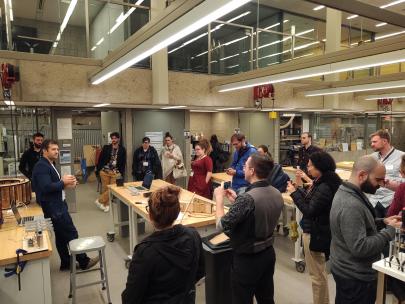
Morgan Chivers, a librarian at the University of Texas in Arlington, has attended the last three ISAM events, and said each has pushed them to strive for savvier ways to operate their university makerspace and increase the depth of their scholarship.
“This year's ISAM at Yale was especially intriguing as our community starts to hit its stride, and it's exciting to be part of that conversation,” he said.
Closing the symposium was Afghan entrepreneur Roya Mahboob, who talked of seeing a computer for the first time at age 16, and how this “magic box” sparked her curiosity and gave her the courage to take on new challenges. She went on to become the first female CEO of a tech company in Afghanistan. And in a country that only recently started to accept the idea of women in science, she decided to lead an all-girls robotics team. Putting the team together wasn’t easy.“Of the 20 who passed the exam, many couldn’t get permission from their parents,” she said. “And of those who did, some asked what a robot was.”
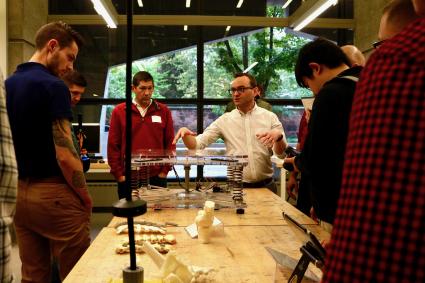
Visa troubles in 2017 temporarily prevented their entry to the U.S. for the FIRST Global Robotics competition. “These girls represented the courage and persistence required of leadership,” she said. “There are thousands of them in Afghanistan and the world who must be given the chance to succeed. They won a medal for their courage and achievement, but also the hearts of millions of people around the world."
International attention from that incident led to her working with Yale on a tech-based high school for girls and boys in Afghanistan. The collaboration brings together Yale's School of Engineering & Applied Science (SEAS), the School of Architecture and the Whitney and Betty MacMillan Center for International and Area Studies at Yale. Architecture students worked over the summer at the CEID on designs for the school, which will focus on robotics, artificial intelligence and blockchain.
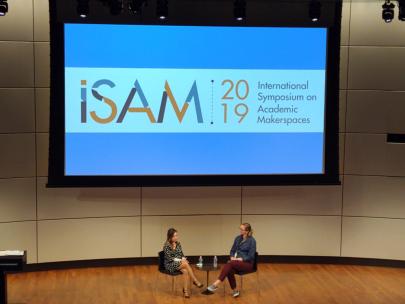
It’s a project that reflects the makerspace ethos of collaborating, particularly among people of different backgrounds and from multiple disciplines. “There was a question about what this community can do,” Wilczynski said. “It’s actually anything this community wants to do.”
Academic makerspaces have been around for about a decade - still new enough to be evolving, but long enough to generate some hard data to crunch about who’s using them and why. ISAM proved an effective forum for sharing this information.
“The field is maturing, so what we’re seeing is that people are able to do experiments on the educational impact of makerspaces,” said ISAM attendee Craig Forest, a bioengineering professor from Georgia Tech. For instance, he said, there’s now research showing that students who spend a year working in makerspaces show less anxiety, more confidence and are more likely to have jobs six months after graduation.
“These are discoveries that people make about how people learn in these spaces and how it’s affecting their personalities,” he said. “These are huge discoveries that now 350 people here are going to be able to take back to their universities.”

